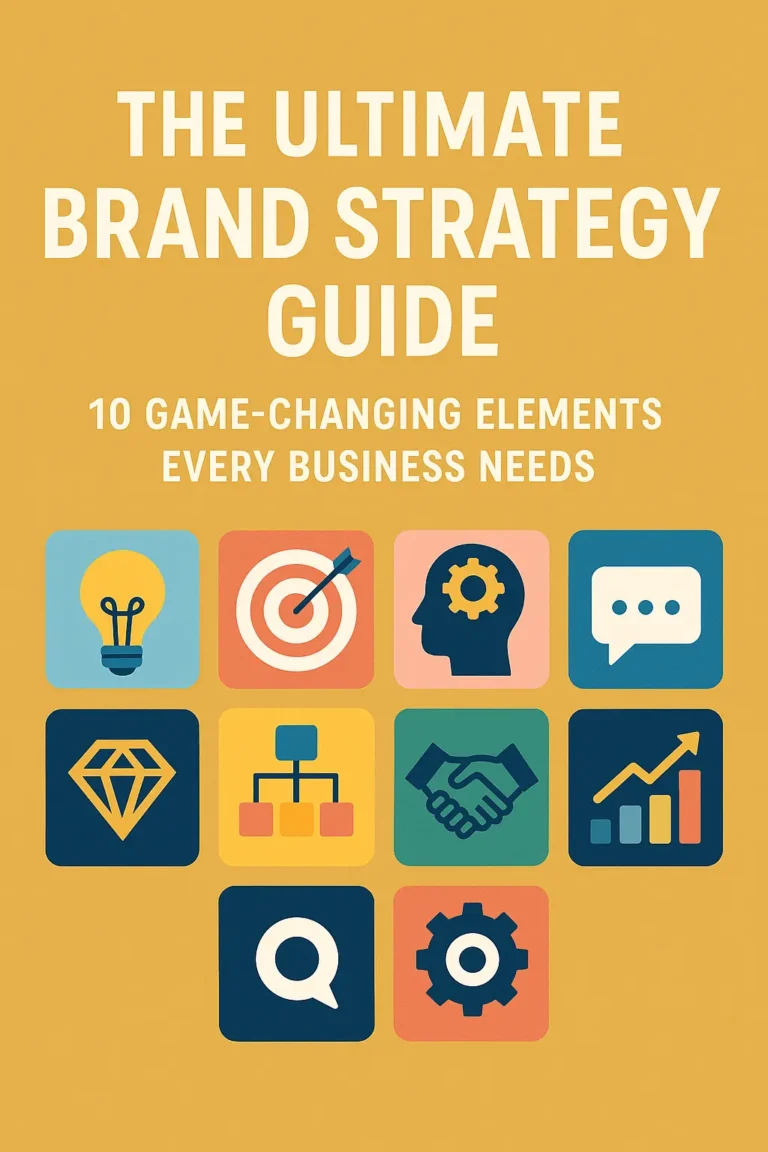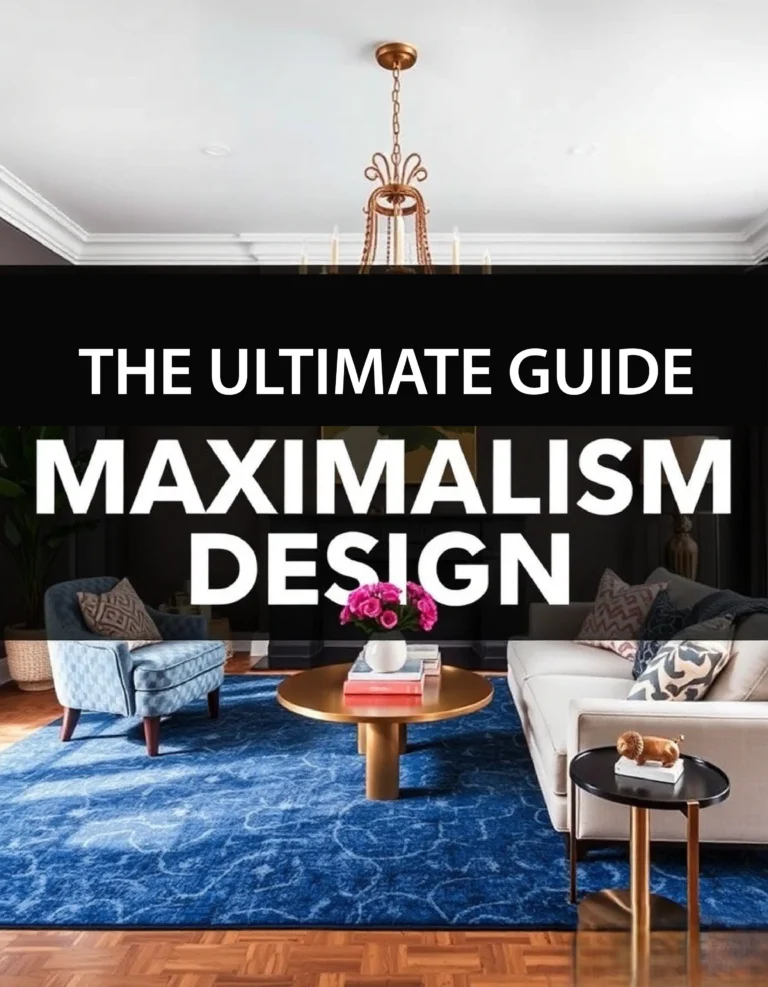
Introduction
As a designer who’s spent countless hours staring at my screen trying to start projects from scratch, I’ve learned one vital lesson: templates are lifesavers. Whether you’re a seasoned pro or just dipping your toes into the design world, having a solid collection of print design templates isn’t just convenient—it’s essential for staying competitive and efficient.
Print might seem old-school in our digital age, but there’s something powerful about holding your design work in your hands. From the business card that makes a killer first impression to the brochure that converts curious browsers into loyal customers, print materials continue to be crucial marketing tools that deserve our attention and expertise.
In this guide, I’ll walk you through the ten print design templates that have repeatedly proven their worth in my design toolkit. Each one serves a specific purpose and can be adapted to countless scenarios—saving you time while still allowing for that personal creative touch we all strive to achieve.
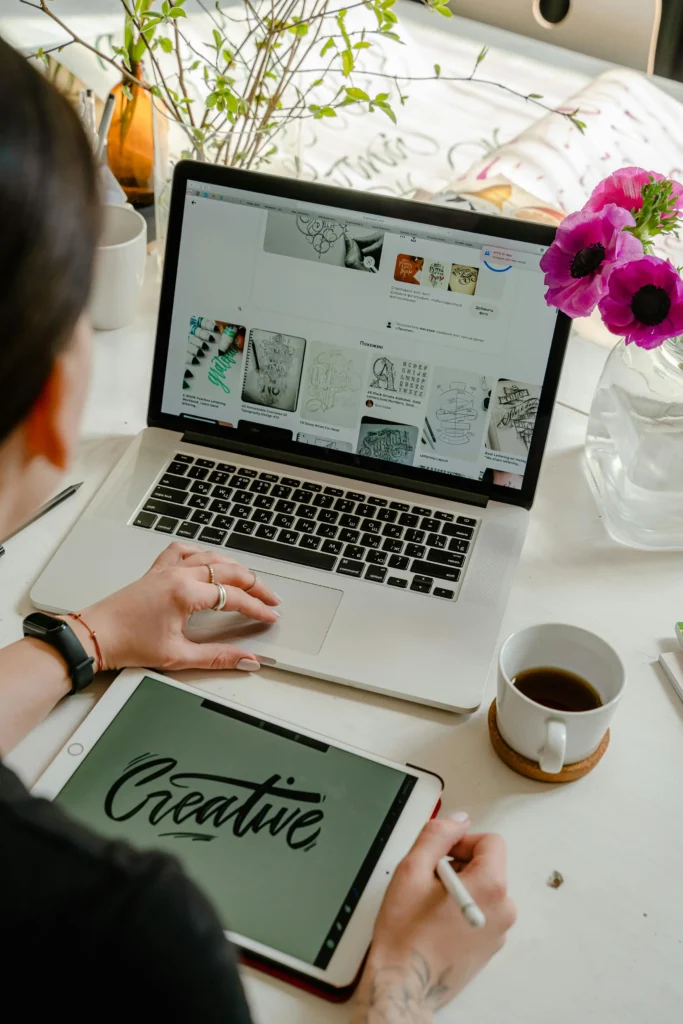
1. Business Card Templates
When it comes to networking essentials, nothing beats a well-designed business card. These small rectangles of possibility remain the quickest way to exchange contact information while making a memorable impression.
A quality business card template should include:
- Clear hierarchy for name and title
- Properly formatted contact information
- Adequate bleed areas (typically 0.125 inches)
- CMYK color profile for accurate printing
- 300 DPI resolution minimum
I’ve found that the best business card templates offer multiple layout options within a cohesive design system. This allows you to create cards for different team members while maintaining brand consistency.
Best suited for: Every professional, but especially consultants, freelancers, and small business owners who need to network regularly.
Pro tip: Don’t overcrowd your business card. While it’s tempting to include every contact method and credential, remember that white space creates elegance and readability. Choose your most important information and let it breathe.

2. Brochure Templates
Brochures remain marketing powerhouses because they combine visual appeal with substantial information in a portable format. Whether you’re using bi-fold, tri-fold, or z-fold layouts, a good brochure template gives your content structure while maintaining visual interest.
Essential elements of effective brochure templates include:
- Logical flow from panel to panel
- Clear sections for different topics
- Properly set margins and gutters
- Placeholder images at correct resolution
- Balanced text-to-image ratio
Best suited for: Product launches, service explanations, event promotions, and company overviews.
Pro tip: When selecting a brochure template, consider how people will physically interact with it. Will they read it while standing? Sitting at a desk? This should influence your text size, content density, and even the weight of paper you’ll specify.
I once created a brochure for a local tourism board using a template that featured fold-out maps. The interactive element kept the brochures from being immediately discarded, significantly increasing their effectiveness compared to their previous standard tri-folds.
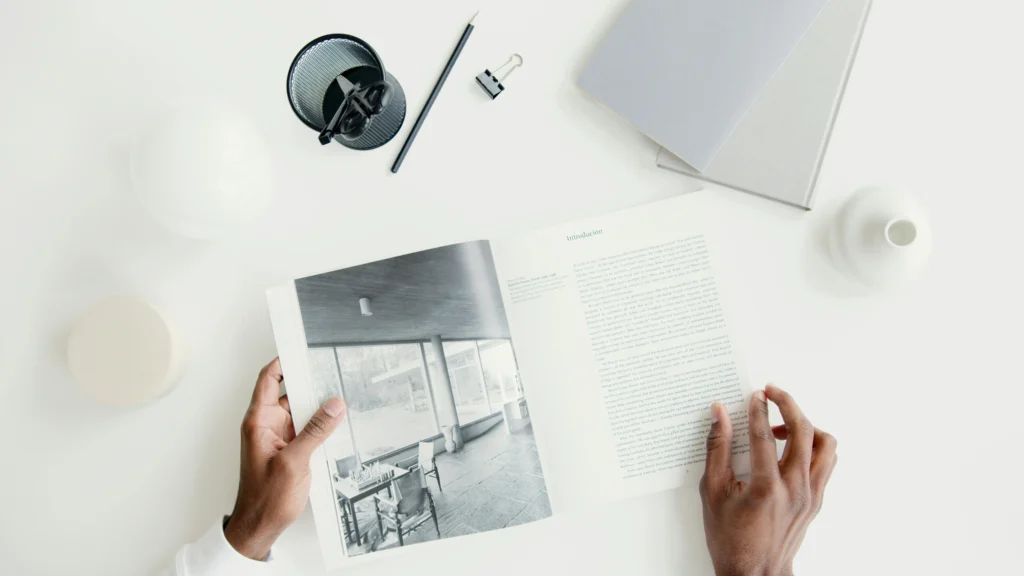
3. Flyer Templates
When you need to communicate information quickly and affordably, flyers are your go-to print material. What makes a great flyer template? Structure that guides the eye and prioritizes information effectively.
Key components to look for:
- Bold headline area
- Clear visual hierarchy
- Appropriate white space
- Easy-to-read font pairings
- Call-to-action placement options
Best suited for: Events, promotions, announcements, and community outreach.
Pro tip: The most effective flyers focus on one primary message. When customizing your template, resist the urge to cram in secondary information that distracts from your main point. If you need to include multiple offers or events, consider creating separate flyers instead.

4. Letterhead and Stationery Templates
Never underestimate the power of professional stationery. In a world of casual emails, official correspondence on well-designed letterhead makes your communication stand out and adds legitimacy to your message.
A comprehensive stationery template should include:
- Letterhead with proper margins for printing
- Matching envelope design
- Complementary business card
- Optional: notecard or compliment slip design
- Consistent placement of logos and contact information
Best suited for: Official business correspondence, proposals, contracts, and thank-you notes.
Pro tip: When customizing stationery templates, consider including subtle design elements that extend your branding without overwhelming the content. A simple color bar, watermark, or pattern can add personality while maintaining professionalism.

5. Catalog and Lookbook Templates
For businesses with physical products, well-designed catalogs and lookbooks are invaluable sales tools. The right template creates a framework that showcases your offerings while telling your brand story.
Look for templates that feature:
- Grid-based layouts for product consistency
- Clean product information areas
- Adaptable image placement options
- Price and feature callout styles
- Table of contents and index formats
Best suited for: Retail businesses, fashion brands, manufacturers, and artisans with multiple products.
Pro tip: The best catalogs balance aspiration with information. When customizing your template, create « breathing room » pages that feature lifestyle imagery or brand storytelling between dense product sections. This pacing makes your catalog more engaging and prevents information overload.
I worked with a boutique jewelry designer who transformed their sales by switching from a dense, all-products catalog to a template that alternated product pages with full-bleed images of their pieces being worn in beautiful settings. The new format elevated their brand perception immediately.

6. Proposal and Report Templates
Nothing says « professional » quite like a well-designed business proposal or report. These documents often represent significant opportunities or important findings, so their presentation matters tremendously.
Essential features of effective proposal templates:
- Cover page with clear project identification
- Executive summary layout
- Pricing table formats
- Team/about us section layouts
- Terms and conditions formatting
- Signature areas
Best suited for: Client pitches, business proposals, annual reports, research findings, and project outcomes.
Pro tip: Consistency is key in multi-page documents. When customizing proposal templates, create a clear system for headings, subheadings, callouts, and body text that repeats throughout the document. This structure helps readers navigate complex information more easily.
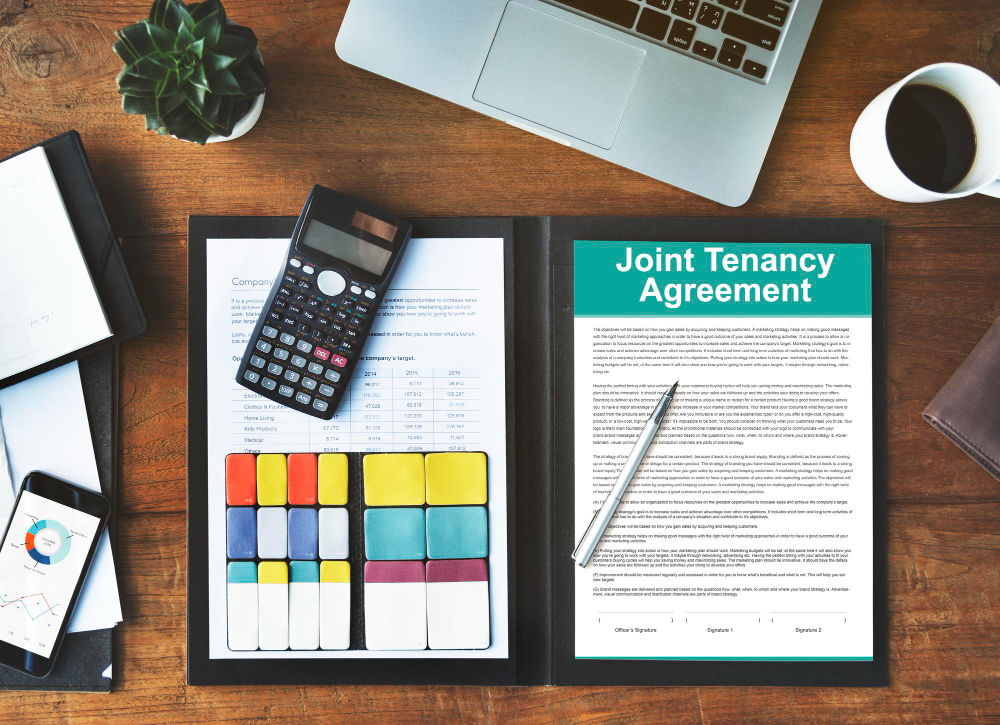
7. Packaging Templates
Whether you’re shipping products or creating retail packaging, templates save immense time in the complex world of package design. Good packaging templates account for folds, tabs, and assembly while leaving room for creative branding.
Look for templates with:
- Die-cut lines clearly marked
- Fold indicators
- Bleed and safety areas
- 3D preview capabilities
- Various size options for the same design
Best suited for: Product-based businesses, especially those with e-commerce operations or retail presence.
Pro tip: Consider the unboxing experience when customizing packaging templates. Strategic placement of messaging, logos, or designs that are revealed as the package is opened creates memorable moments for customers. Some of my most successful packaging designs have included surprise elements inside lids or under flaps.
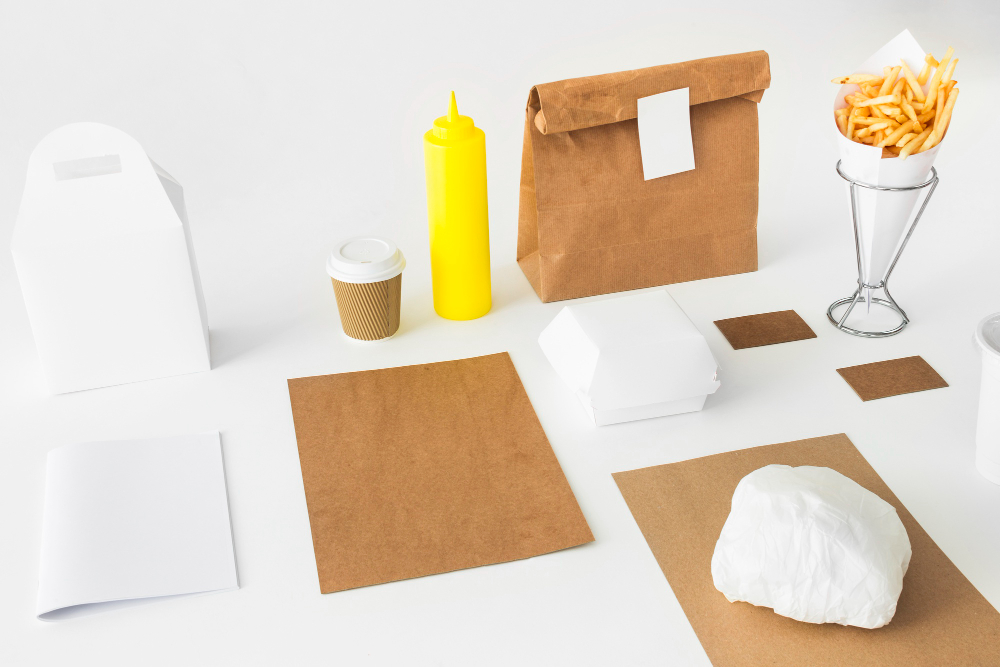
8. Social Media Integration Templates
Print doesn’t exist in isolation anymore. The most effective print materials connect seamlessly with your digital presence. Social media integration templates help bridge this gap.
These templates typically include:
- Coordinated designs for print and social posts
- QR code placement options
- Social handle formatting
- Cross-platform promotion layouts
- Call-to-action designs for digital engagement
Best suited for: Campaigns that run across multiple channels, event marketing, and businesses focused on building community.
Pro tip: When customizing these templates, ensure your print materials don’t just mention your social presence but give compelling reasons to connect online. Exclusive content, special offers, or additional resources create motivation for the jump from print to digital.

9. Event Material Templates
Events require a surprising amount of printed materials, often with tight deadlines. Having comprehensive event material templates ready saves tremendous stress when planning time is limited.
A complete event template set should include:
- Invitation designs
- RSVP cards
- Programs or agendas
- Name badges or place cards
- Signage in various sizes
- Thank you notes
Best suited for: Corporate events, conferences, weddings, fundraisers, and public gatherings.
Pro tip: Create visual cohesion across all event materials by customizing templates with consistent color schemes, typography, and motifs. This attention to detail elevates the perceived value of your event and creates a more immersive experience for attendees.
I once helped a nonprofit transform their annual fundraiser by implementing a cohesive template system across all materials. Donations increased by 30% that year, which they partially attributed to the more professional presentation creating greater trust among donors.
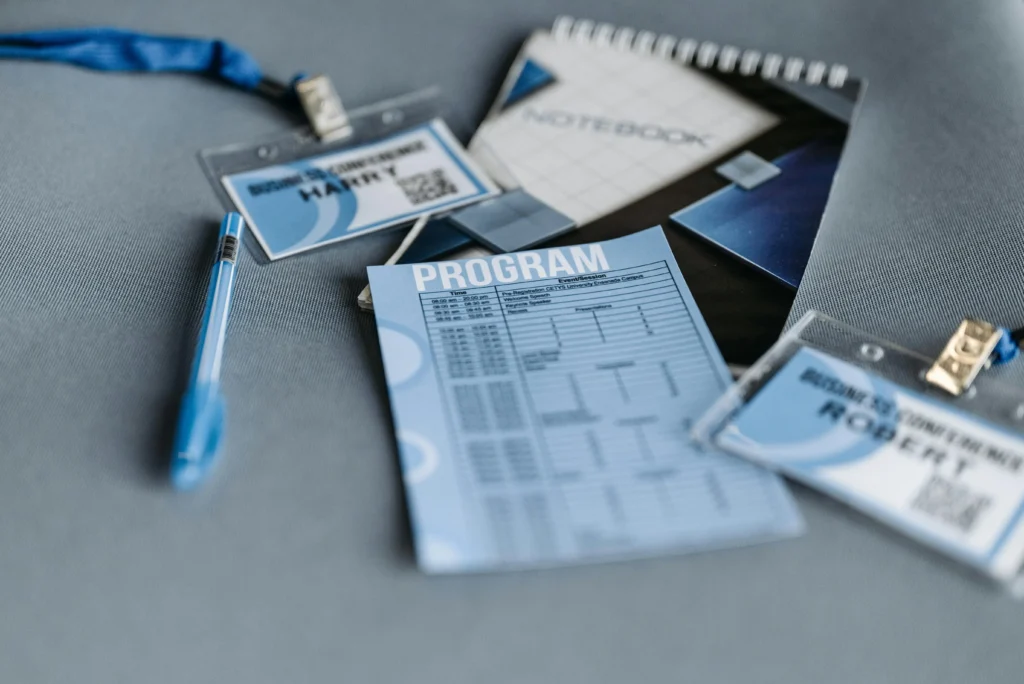
10. Portfolio and Presentation Templates
Whether you’re showcasing your own work or presenting client projects, having polished portfolio templates ready to customize saves valuable time while ensuring your work looks its best.
Key features to look for:
- Clean, minimal layouts that highlight your work
- Various image placement options
- Case study or project description sections
- Before/after comparison layouts
- Client testimonial formatting
Best suited for: Designers, photographers, architects, and creative professionals who regularly present work to clients.
Pro tip: The best portfolio templates provide structure without competing with your work. When customizing these templates, resist the urge to add decorative elements that distract from your projects. Let your work be the star by choosing templates with ample white space and minimal ornamentation.
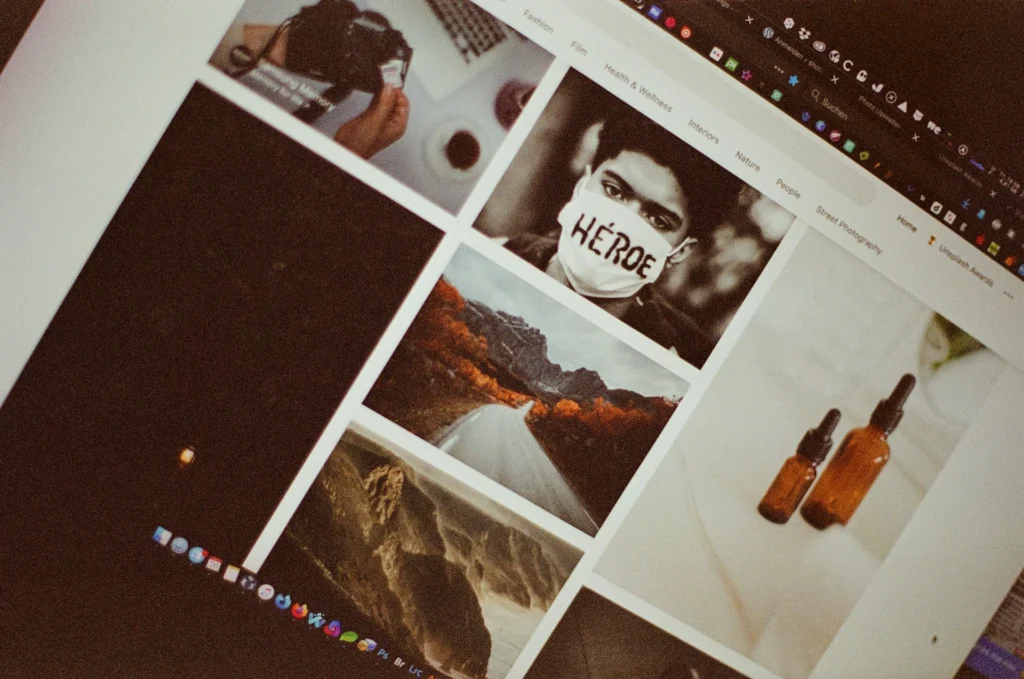
How to Choose the Right Template for Your Project
With so many template options available, selecting the right one can feel overwhelming. Here’s a quick guide to making smart template choices:
Project TypeKey Template FeaturesRecommended FormatsBrand IdentityConsistent design systemBusiness cards, letterhead, brochuresProduct LaunchStrong visual impactCatalogs, packaging, flyersCorporate CommunicationProfessional, structured layoutsReports, proposals, presentationsEventsCoordinated design familyInvitations, programs, signageRetail MarketingConversion-focused layoutsCatalogs, flyers, packaging
Tools for Working with Print Design Templates
Several software options make working with print templates straightforward, even for beginners:
- Adobe InDesign: The industry standard for professional print design with the most extensive template options
- Canva: User-friendly web-based platform with thousands of customizable templates
- Adobe Express: Simplified design tool with professional-grade templates
- Scribus: Free open-source option for those on a budget
- Placeit: Specializes in mockups that show how your designs will look in real-world settings
Ensuring Print-Ready Results
Even the best template won’t save you from printing disasters if you don’t prepare your files correctly. Always remember these essentials:
- Set up proper bleed (typically 0.125″ beyond trim)
- Convert RGB colors to CMYK for accurate printing
- Ensure images are at least 300 DPI
- Embed or outline fonts
- Export as press-quality PDFs
Pro tip: Always request a physical proof before approving large print runs. What looks perfect on screen sometimes surprises you on paper.
Conclusion
The right print design templates aren’t just time-savers—they’re strategic assets that help maintain consistency, professionalism, and brand cohesion across all your materials. By building a personal library of these ten essential templates, you’ll be prepared to tackle virtually any design challenge that comes your way with confidence and efficiency.
Ready to elevate your print design game? Start by assessing which of these template types would most benefit your current projects, then invest time in customizing them to match your brand standards. The upfront work will pay dividends in time saved and improved results on future projects.
What’s your go-to print design template? Are there any types you’d add to this essential list? Share your experiences in the comments below!
Affiliate Disclaimer :This article contains affiliate links to some of the products and services mentioned. This means that if you click on certain links and make a purchase, I may earn a small commission at no additional cost to you. I only recommend products I personally use or have thoroughly researched and trust. These commissions help support the creation of free content like this article. I value transparency and want you to know that my recommendations are based on genuine appreciation for these tools, not solely on potential earnings. Thank you for supporting this blog through these links!

